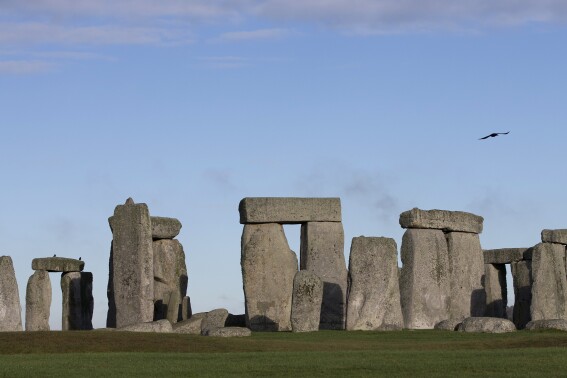Recent earthquakes that have shaken California may be a result of a Southern California fault line considered even more dangerous than the San Andreas fault.
Los Angeles was rattled by a 4.4 magnitude earthquake on Monday only a week after a 5.2 magnitude earthquake struck near Bakersfield.
While neither caused any major damage, experts have warned that Monday's quake may have been associated with the Puente Hills thrust fault, which could one day cause a huge earthquake in Los Angeles.
"All of these earthquakes are closely spaced in three dimensions, just beneath the main Puente Hills thrust [fault] plane," James Dolan, a University of Southern California earth sciences professor, told the LA Times. "They're all associated with the same cluster of small events.
"But the key thing is, they are very small events. These are very small earthquakes that don't necessarily mean anything in terms of potentially being the harbinger of a future large magnitude earthquake on the Puente Hills thrust."
The Puente Hills thrust fault is a significant geological fault system located in Southern California, extending approximately 25 miles beneath the Los Angeles Basin, including areas like downtown Los Angeles, Whittier and the Puente Hills.
The Puente Hills thrust fault is a blind thrust fault, which occurs when one part of the Earth's crust is pushed up over another, typically because of compressional forces. The term "blind" indicates that the fault does not reach the surface, making it invisible at ground level and harder to detect without specialized equipment.
Monday's quake occurred at a depth of around 7.5 miles along a strand of the fault stretching only a few hundred feet across. Other smaller earthquakes have recently occurred in the same area, with 3.4 magnitude and 2.8 magnitude quakes being recorded in early June, followed by a 2.9 quake a few weeks later.
Earthquakes on the Puente Hills thrust fault could be particularly dangerous because the shaking would occur directly beneath the surface infrastructure of Los Angeles, potentially leading to severe damage. It is estimated that the Puente Hills thrust fault is capable of generating earthquakes with magnitudes as high as 7.5.
The famed San Andreas Fault stretches approximately 750 miles from the Salton Sea in Southern California to Cape Mendocino in Northern California. It passes relatively close to Los Angeles, San Francisco and other major cities, but doesn't come quite as close to the main population hubs as the Puente Hills thrust fault.
Therefore, while the San Andreas fault may generate more powerful earthquakes—up to magnitudes of around 8.0 or even higher—the location of the Puente Hills thrust fault makes it a major hazard.
"It's a reminder that this is actually our most dangerous fault," earthquake expert Lucy Jones told the LA Times.
The USGS has estimated that a major magnitude 7.8 earthquake on the San Andreas fault could kill about 1,800 people, while a 7.5 magnitude quake on the Puente Hills thrust fault could kill as many as 18,000 and cost up to $252 billion.
The Puente Hills fault hasn't had a major earthquake in recorded history, though geologists think it may have one once every few thousand years. The San Andreas fault, on the other hand, has a major quake once every few hundred years, with the most recent occurring in 1857, thought to be around magnitude 7.8.
However, even smaller quakes on the Puente Hills fault can be very damaging: a 5.9 magnitude earthquake on the fault in 1987 killed eight people and caused over $350 million worth of damage.
"People really need to be ready for a very, very large earthquake, or earthquakes, in L.A.'s future," Dolan said. "It's going to happen. We don't know when. We don't know exactly which fault is going to generate those earthquakes, but they are going to happen."
Do you have a tip on a science story that Newsweek should be covering? Do you have a question about earthquakes? Let us know via science@newsweek.com.
Disclaimer: The copyright of this article belongs to the original author. Reposting this article is solely for the purpose of information dissemination and does not constitute any investment advice. If there is any infringement, please contact us immediately. We will make corrections or deletions as necessary. Thank you.



